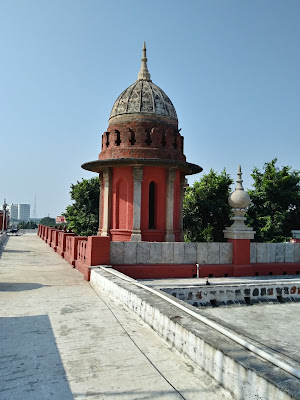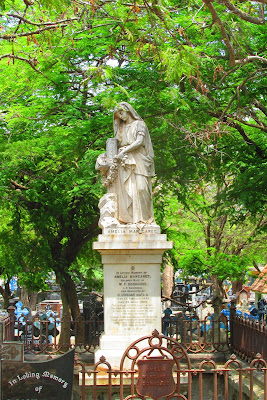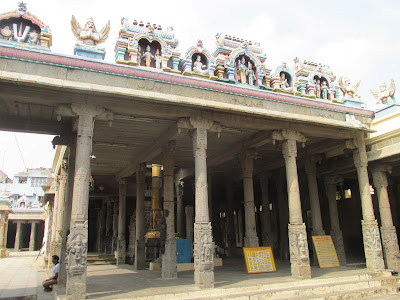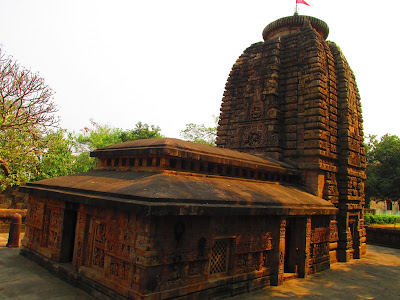India is a holy land where there are so many temple towns. But, only a few of those towns would have temples in their original forms. And many of those few towns are located in Odisha. Yes, Odisha has hundreds of such ancient temples that have retained their originality. The stars in the sky could be counted, but not the temples of this region. The temples of Odisha are not merely religious sites; they are architectural marvels, magnificent monuments, and the center for interesting iconography. Hence, the region has the capability to attract all sorts of people, such as devotees, tourists, art lovers, heritage enthusiasts and historians. Odisha, rightly called the land of temples, has monuments dating from the 3rd century BCE to the 16th century CE. The Hindu Temple architecture can be broadly classified into three styles namely Nagara, Vesara and Dravida . The style of temple architecture followed here is called as Kalinga . It is a sub school developed under the Nagara sty...






